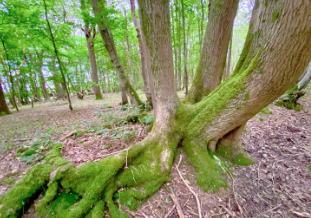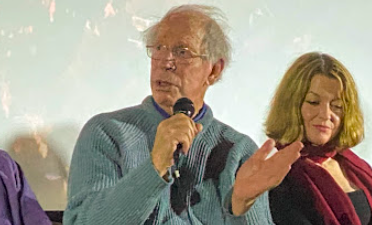
There’s nothing I enjoy more than settling into a new art project - this is a set of three relief prints set at different spots along Hadrian’s Wall. I was in Northumberland a few weeks ago, visiting family. I am Northumberland born, bred and educated. The A69, Military Road, and Hadrian’s Wall have connected me to Cumbria for decades, ever since our parents divorced and my father moved to Appleby when I was 13. I’ve done a lot of drawing and surveying of ancient trees, and I have several projects to get on with.
This one, the Hadrian’s Wall Triptych, features views of Sycamore Gap (before the felling), Walltown Crags and Winshields Crag. The idea is to weave the remains of the wall, the roll of the hills, and the sweep of the grasses and shifts in the sky into a theme across the three pictures.
This is a mock-up of the finished three: the tracing paper I used to get the pencil drawings from one sheet of paper onto an A3 Lino block as a negative. I like the way the low evening sun gives the tracing paper a 3d effect. When one biro ran out, I had to press hard to transfer the pencil marks onto the block. I’d grab another, so I ended up with black, navy blue and red marks.
I tell the story in more detail on my blog JVArt.uk and have a video on Facebook and YouTube of my efforts so far. It has to be finished in 12 days to submit to an exhibition and will hopefully be on view at The Depot, Lewes, throughout September.

